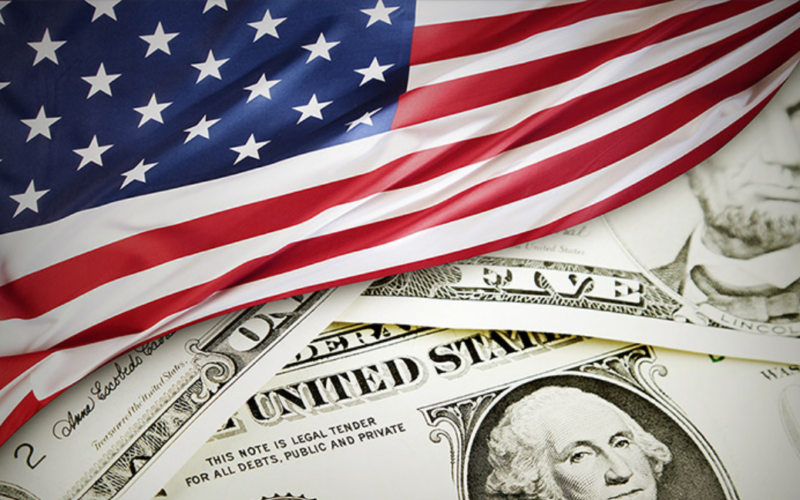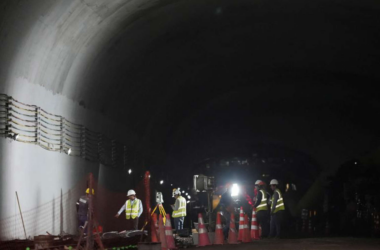The latest concern for the US economy lies in the surge of long-term interest rates, presenting a fresh challenge for policymakers and financial experts. This development raises critical questions about the potential impact on various sectors and the measures needed to maintain economic stability.
The significant increase in long-term interest rates has garnered attention due to its potential to influence a range of economic factors. This includes borrowing costs for businesses and consumers, as well as the valuation of financial assets like bonds and mortgages.
The Federal Reserve, as the central bank of the United States, plays a pivotal role in managing interest rates and implementing monetary policy. The recent uptick in long-term rates poses a complex scenario for policymakers, as they seek to balance the need for economic growth with the necessity of preventing runaway inflation.
One of the primary concerns associated with rising long-term rates is the potential impact on the housing market. Higher mortgage rates can deter potential homebuyers, potentially leading to a slowdown in the housing sector. This, in turn, may have broader implications for the construction industry and related sectors.
For businesses, elevated borrowing costs can also present challenges. Companies that rely on borrowing for expansion or investment may face increased expenses, potentially impacting profitability and future growth prospects.
Furthermore, the stock market may experience turbulence as investors reassess the value of equities in light of higher interest rates. This can lead to market volatility, with potential ramifications for investment portfolios and retirement savings.
While rising long-term rates can signal a strengthening economy, they also prompt a need for vigilance. The Federal Reserve must carefully navigate its policies to ensure that interest rates are aligned with broader economic goals, including sustaining employment levels and controlling inflation.
In response to these developments, financial experts are closely monitoring the Federal Reserve’s statements and actions. Clarity from the central bank regarding its approach to interest rates will be crucial in providing direction to investors and market participants.
As the situation continues to evolve, a balanced and nuanced approach will be paramount. Striking a harmonious equilibrium between fostering economic growth and preventing runaway inflation will be essential in ensuring the stability and resilience of the US economy in the face of shifting interest rate dynamics.








